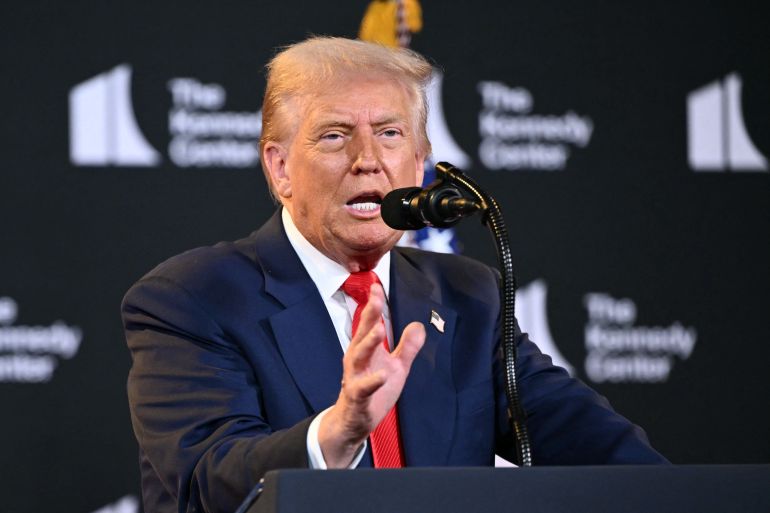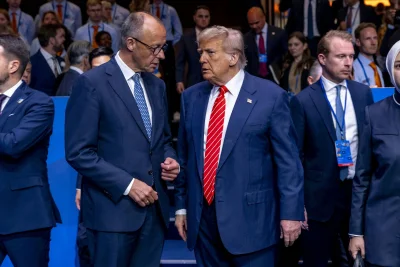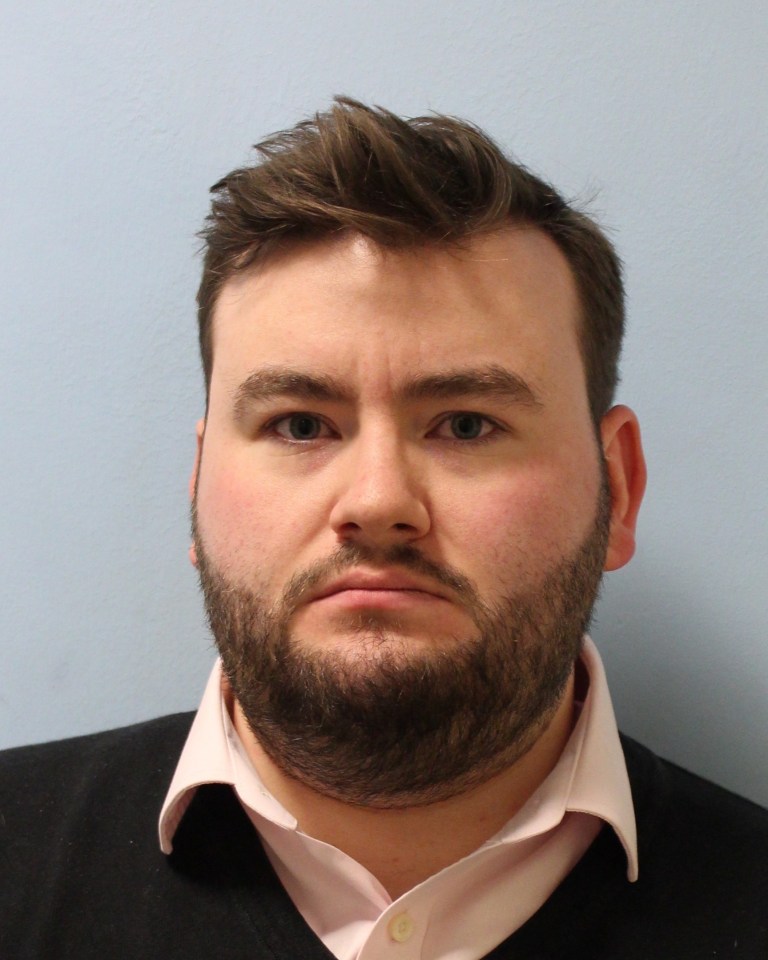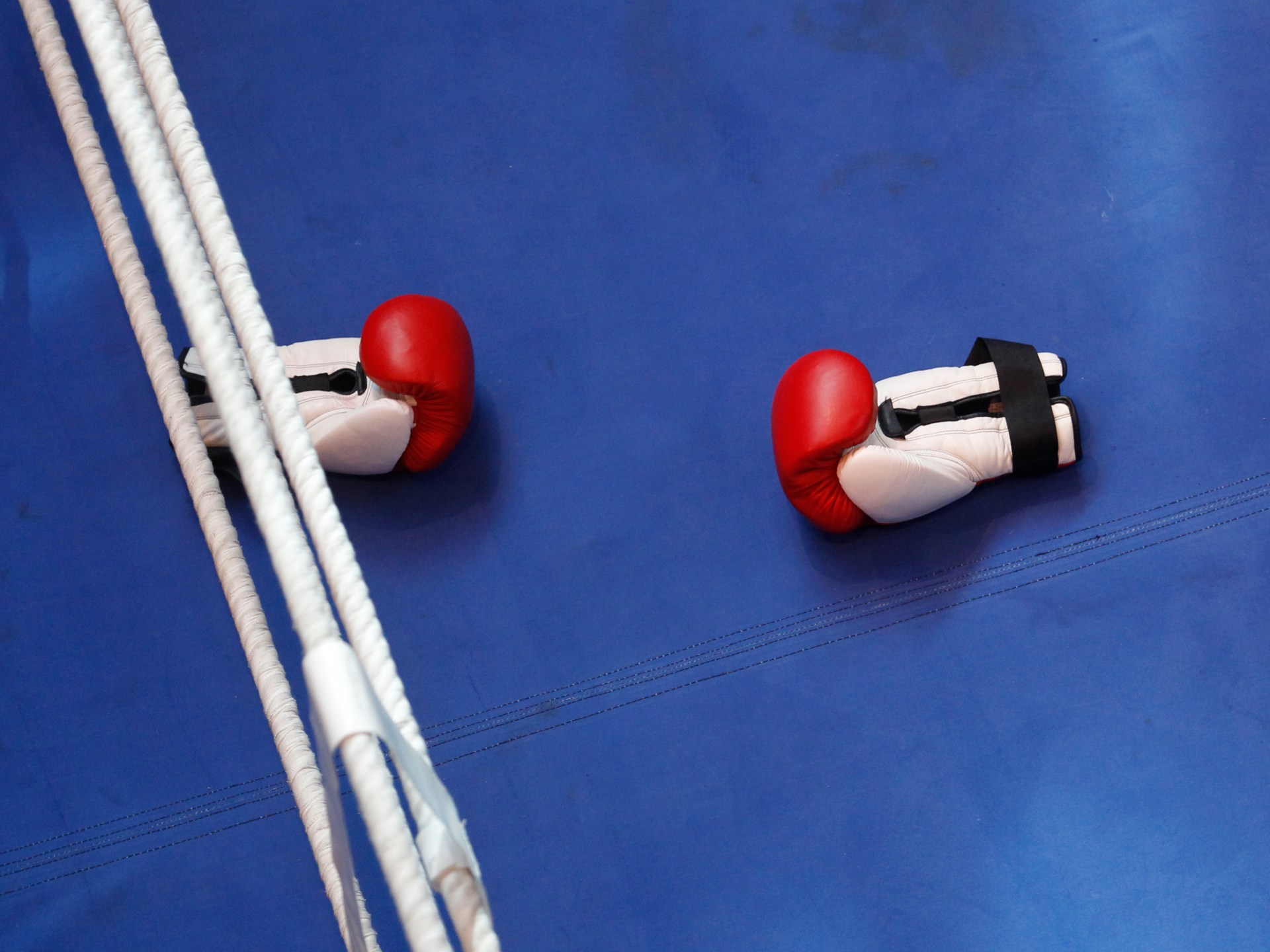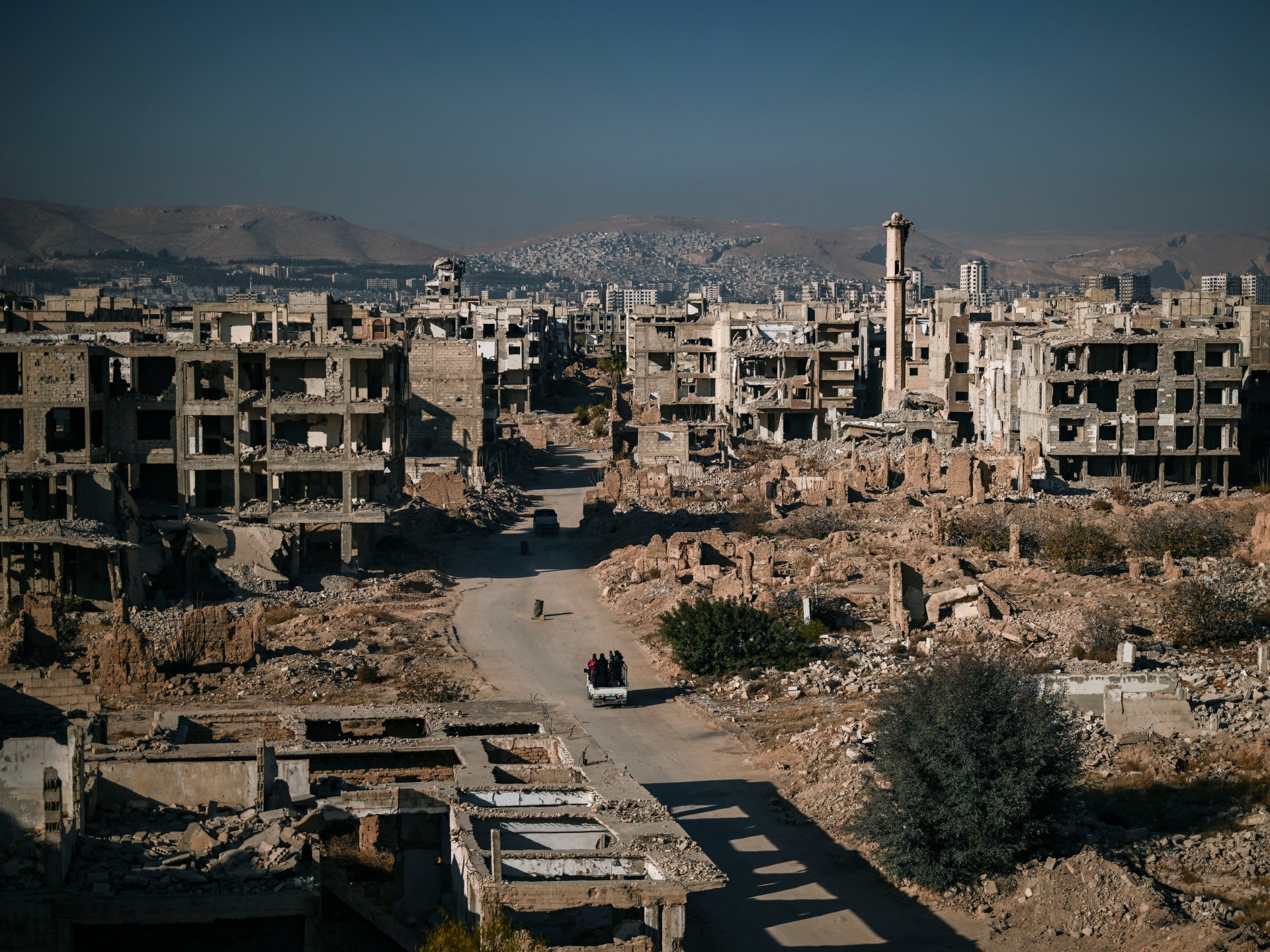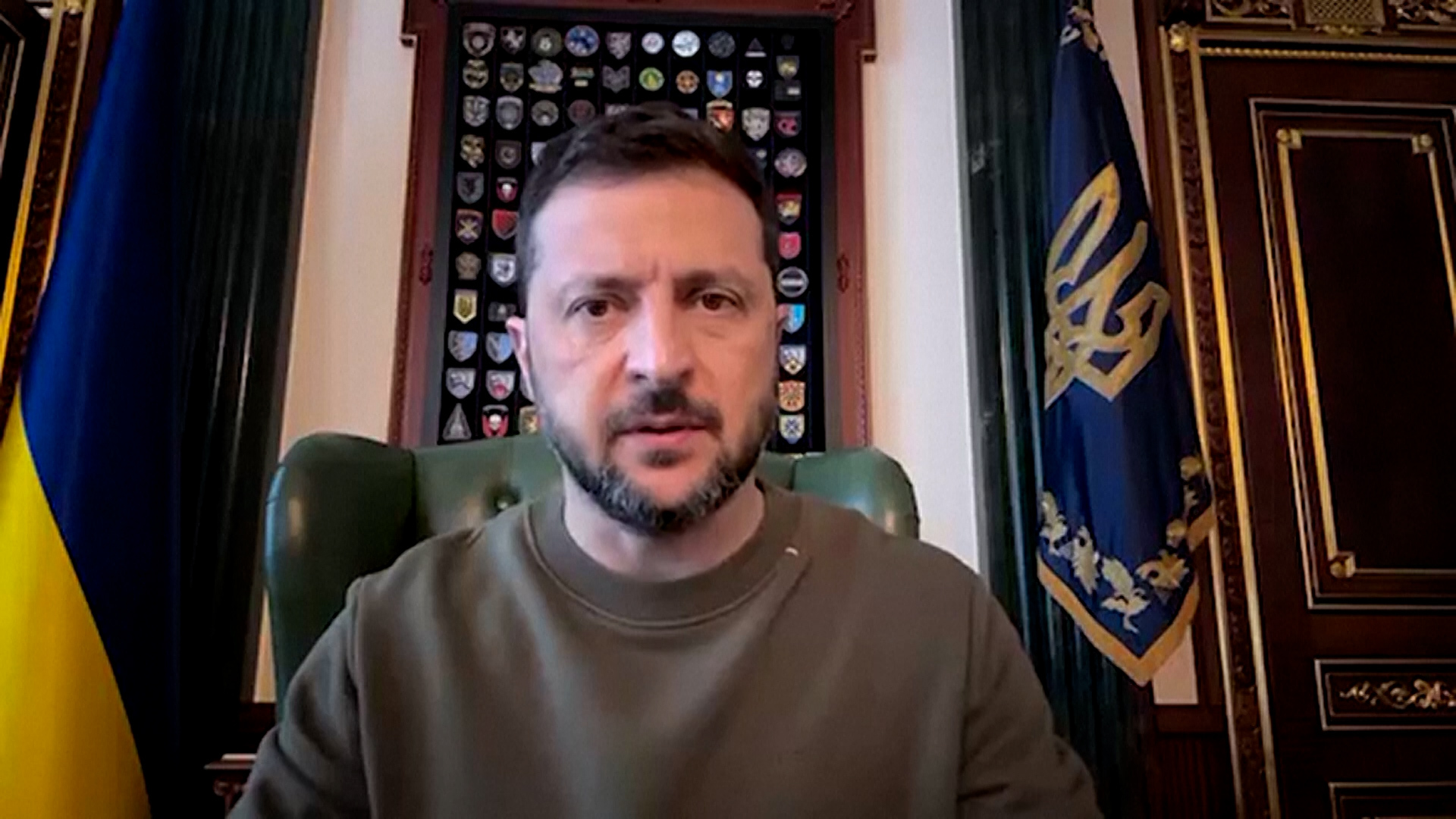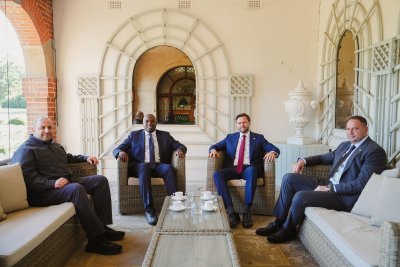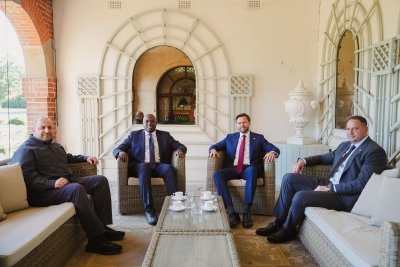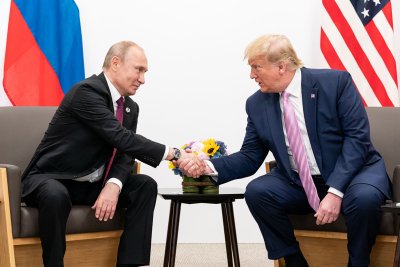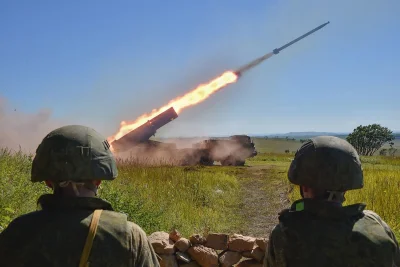Russian President Vladimir Putin and United States President Donald Trump will meet on Friday in Alaska to discuss ending Moscow’s three-year-long war in Ukraine.
The leaders are expected to discuss “land swapping”, suggesting that Trump may support an agreement where Russia will maintain control of some of the Ukrainian territory it currently occupies, but not all.
In a news conference at the White House on Tuesday, Trump said, “Russia’s occupied a big portion of Ukraine. They occupied prime territory. We’re going to try to get some of that territory back for Ukraine.”
But the idea of a swap also suggests that Ukraine might need to give up some land that it currently controls.
Ukrainian President Volodymyr Zelenskyy has repeatedly said that any deal involving the ceding of Ukrainian land to Russia would be unsuccessful.
What does Putin want?
Last month, Trump warned that tougher sanctions would be put in place unless Russia halted fighting with Ukraine within 50 days. That deadline has now passed, and no new measures have hit Moscow, but the US has imposed 50 percent tariffs on India to punish it for its continued purchase of Russian oil.
Trump has demanded that Putin agree to a ceasefire on Friday to avoid the US imposing further tariffs on other countries buying Russian energy assets.
Putin has stated that he wants full control of Ukraine’s eastern regions, including Luhansk, Donetsk, Zaporizhia and Kherson, parts of which Russia annexed in 2022, along with Crimea, which it annexed in 2014.
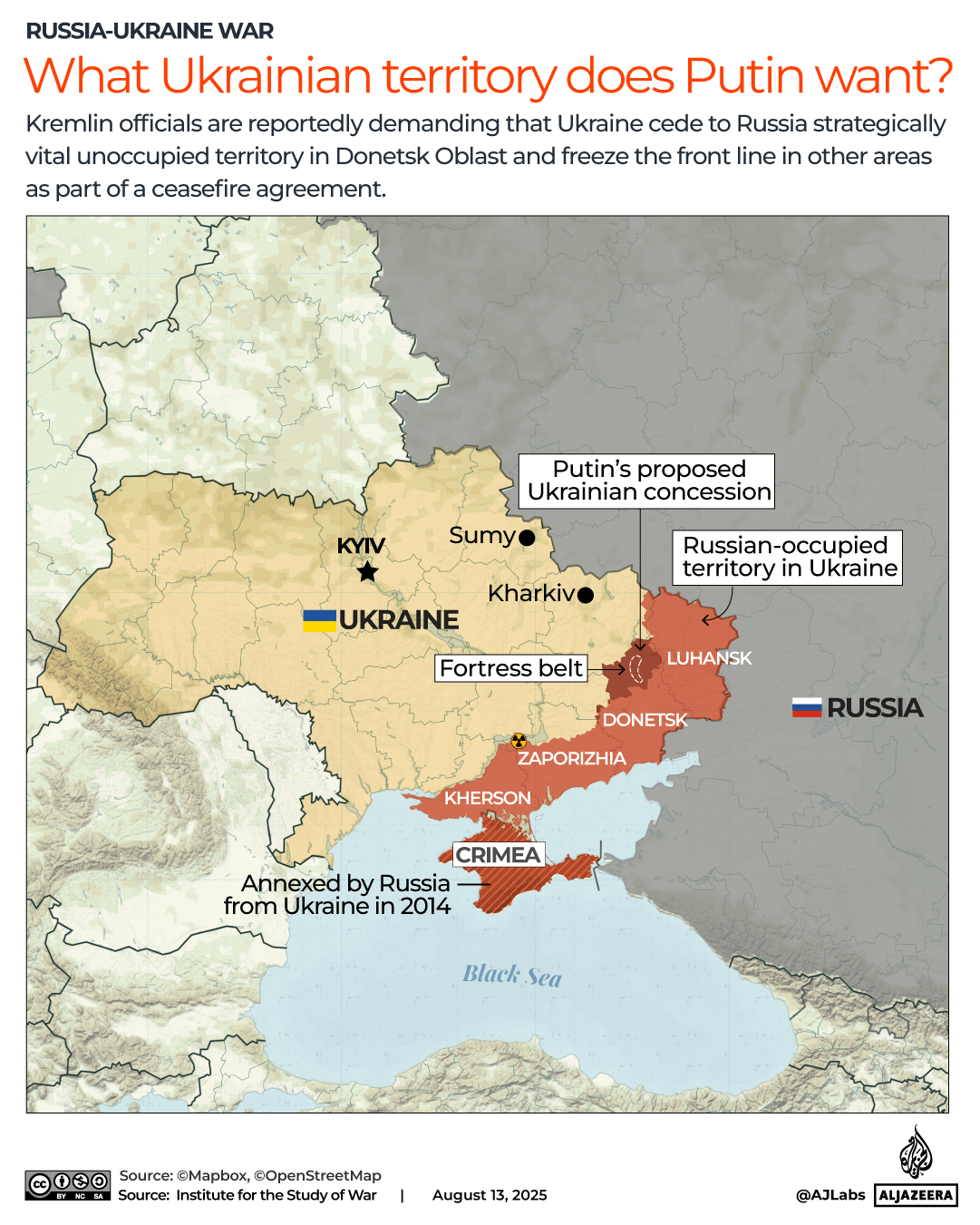
If Kyiv were to agree, it would mean withdrawing troops from parts of Luhansk and Donetsk, where much of the recent fighting has been concentrated.
Bloomberg reported on August 8 that US and Russian officials were working towards an agreement that would “freeze the war”, and allow Moscow to keep the territory it has taken.
In addition, Putin has consistently demanded that Ukraine remain a neutral state, abandoning its ambitions to join NATO.
Can Ukraine even cede territory?
Ukraine giving up land it has lost during this war and previously, in 2014, is not a welcome option.
On Saturday, Zelenskyy said that he would not “gift” land to Russia, and that Ukrainians would not give up their land to Russian occupiers.
More than this, ceding any territory would be illegal under the Ukrainian constitution.
How much of Ukraine does Russia control?
Russia occupies about one-fifth – 114,500 square km (44,600 square miles) – of Ukraine’s land.
The active front line stretches some 1,000km (620 miles) through the regions of Kharkiv, Luhansk, Donetsk, Zaporizhia and Kherson.
Russia controls about three-quarters of the Zaporizhia and Kherson regions.
Additionally, small parts of the Kharkiv, Sumy, Mykolaiv and Dnipropetrovsk regions of Ukraine are under Russian occupation. Across the Sumy and Kharkiv regions, Russia controls about 400 sq km (154 sq miles) of territory. In Dnipropetrovsk, Russia has taken a tiny area near the border.
Russia controls about 46,570 sq km (17,981 sq miles), or 88 percent, of the territory known as Donbas, made up of the Luhansk and Donbas regions. Russia occupies almost all of Luhansk and three-quarters of Donetsk.
Ukraine still holds about 6,600 sq km (2,550 sq miles) of Donbas, although Russia has been focusing most of its energy along the front in Donetsk, pushing towards the last remaining major cities not in its control.
This has been part of its efforts to secure what is known as the “fortress belt”.
What is the fortress belt?
The “fortress belt” stretches some 50km (31 miles) along a strategic highway between the towns of Kostiantynivka and Sloviansk.
The fortress belt includes key towns — Sloviansk, Kramatorsk, Druzhkivka, Oleksiyevo-Druzhkivka and Kostiantynivka – which have remained under the control of Ukrainian troops since 2014 and are of significant strategic importance as logistical and administrative centre.
Attempts by Russian troops to capture Sloviansk and the cities of the fortress belt in 2022-2023 were unsuccessful, and Ukrainian counteroffensives drove the Russian forces far from key positions.
“Ukraine’s fortress belt has served as a major obstacle to the Kremlin’s territorial ambitions in Ukraine over the last 11 years,” the Washington, DC-based think tank Institute for the Study of War (ISW) reported on August 8.
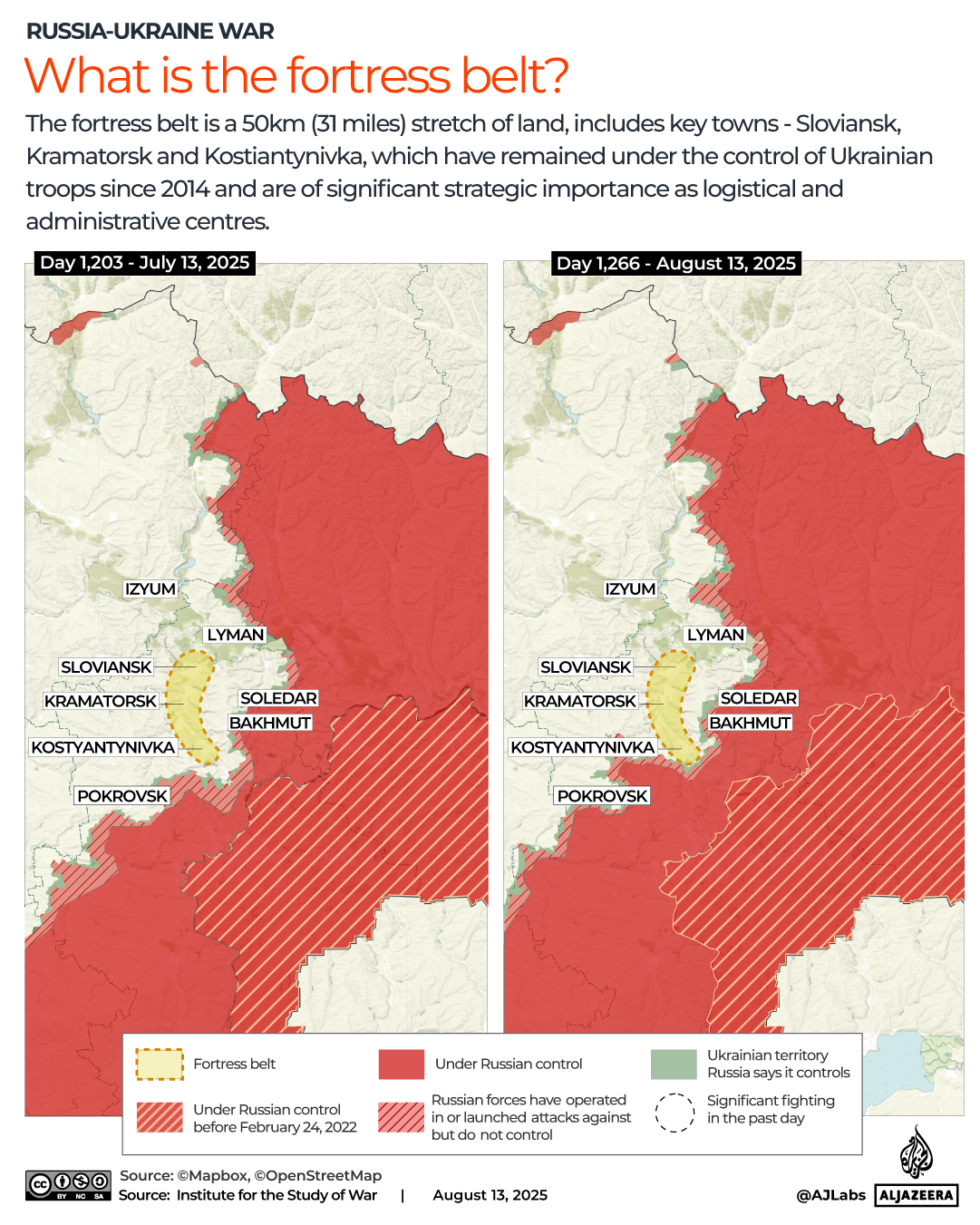
Russian advances: What’s the situation on the ground now?
In August, Russian forces made significant gains, advancing about 10km (6 miles) beyond the front lines as they intensified efforts to seize the fortress belt from the southwest, concentrating forces in the Toretsk and eastern Pokrovsk directions.
Al Jazeera military expert Alex Gatapoulous said, “I’m not sure what Ukraine has to offer in terms of territory. Russia has it all and is slowly winning this conflict, albeit at a great cost.
“There is already movement around Pokrovsk in the east, and Konstantinivka is also in danger of encirclement. If Ukraine hasn’t built defensive positions in-depth, Russian forces will have the ability to break out into open country. This is a really dangerous time for Ukraine. They’ve lost all the Russian territory they had taken in Kursk and have little to trade with.”
How has the war progressed over the past three years?
In the war’s early weeks, Russia advanced from the north, east and south, rapidly seizing vast areas of Ukrainian territory, with fierce battles in Irpin, Bucha and Mariupol – the latter of which fell to Russian forces in May 2022. The siege of Mariupol was one of the deadliest and most destructive battles of the war. Ukrainian officials estimated tens of thousands of civilian deaths.
By March 2022, Russian forces seized the Zaporizhzhia Nuclear Power Plant, the largest in Europe, and by April of that year, Russia controlled 27 percent of Ukraine.
By late 2022, Ukraine had turned the tide with major counteroffensives in Kharkiv and Kherson, with Kyiv reclaiming 54 percent of the land Russia had captured since the beginning of the war, according to ISW data, reducing Russian-occupied land to just 18 percent of the country.
In August 2024, Ukraine launched a significant incursion into Russia’s Kursk region, marking a notable escalation in the conflict. This offensive saw Ukrainian forces advancing approximately 10km (6 miles) into Russian territory, seizing control over an estimated 250 sq km (96.5 sq miles), all of which has since been retaken by Russia.

By late 2024 and into 2025, the war had settled into a grinding impasse, with both sides suffering heavy losses. However, Russia’s recent incursions, pushing towards Sloviansk, allude to the potential for another offensive to take land it has historically struggled to capture.
What was the pre-war situation?
Prior to Russia’s full-scale 2022 invasion of Ukraine, Russia had held Crimea, which it annexed from Ukraine in 2014.
Moscow also supported separatists in the Donbas region, leading to the creation of the self-declared Donetsk and Luhansk People’s Republics. Russia officially recognised these entities on February 21, 2022, and launched a full-scale invasion of Ukraine three days later.
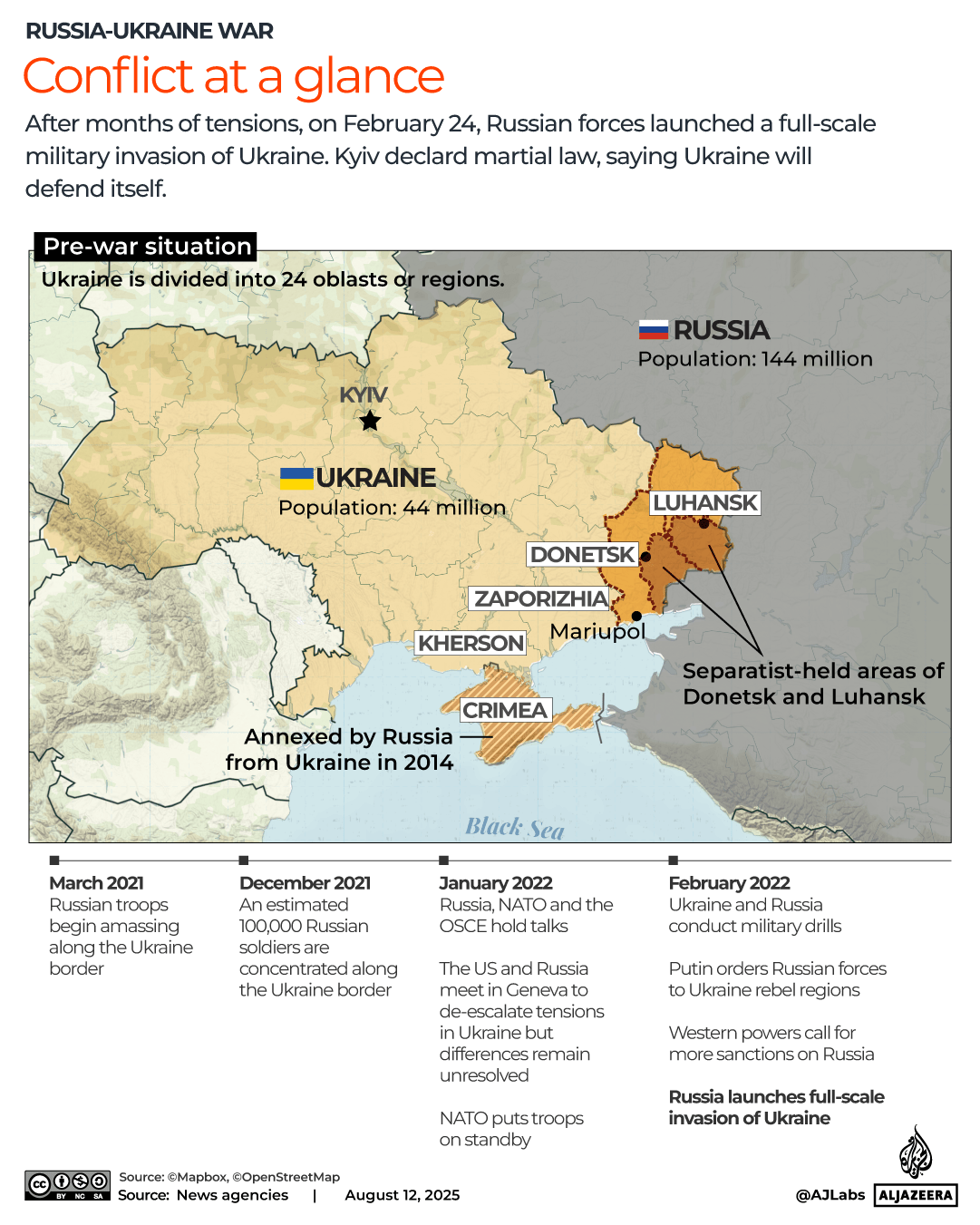
The war in Ukraine has resulted in one of the largest and fastest-growing displacement crises in Europe since World War II. According to the UN, approximately 10 million Ukrainians have been displaced, which is about 21 percent of the country’s pre-war population.
Of these, 3.7 million remain internally displaced within Ukraine, while 6.9 million have fled abroad as refugees.
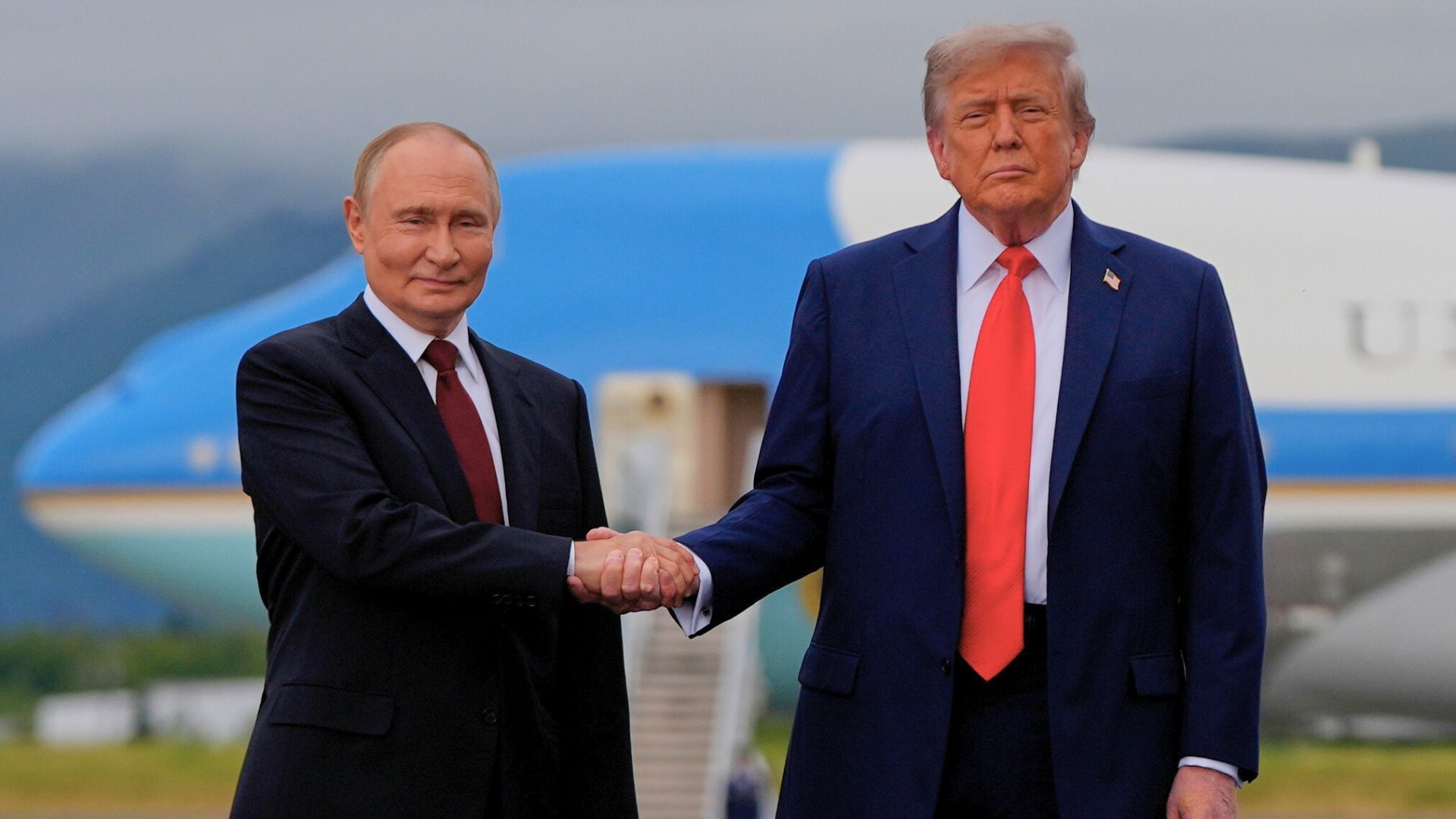



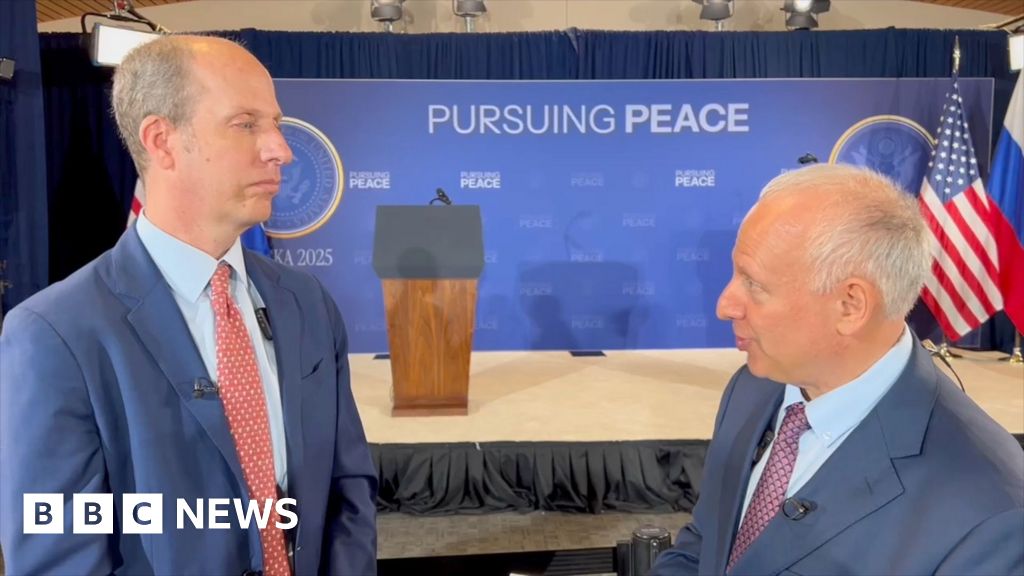
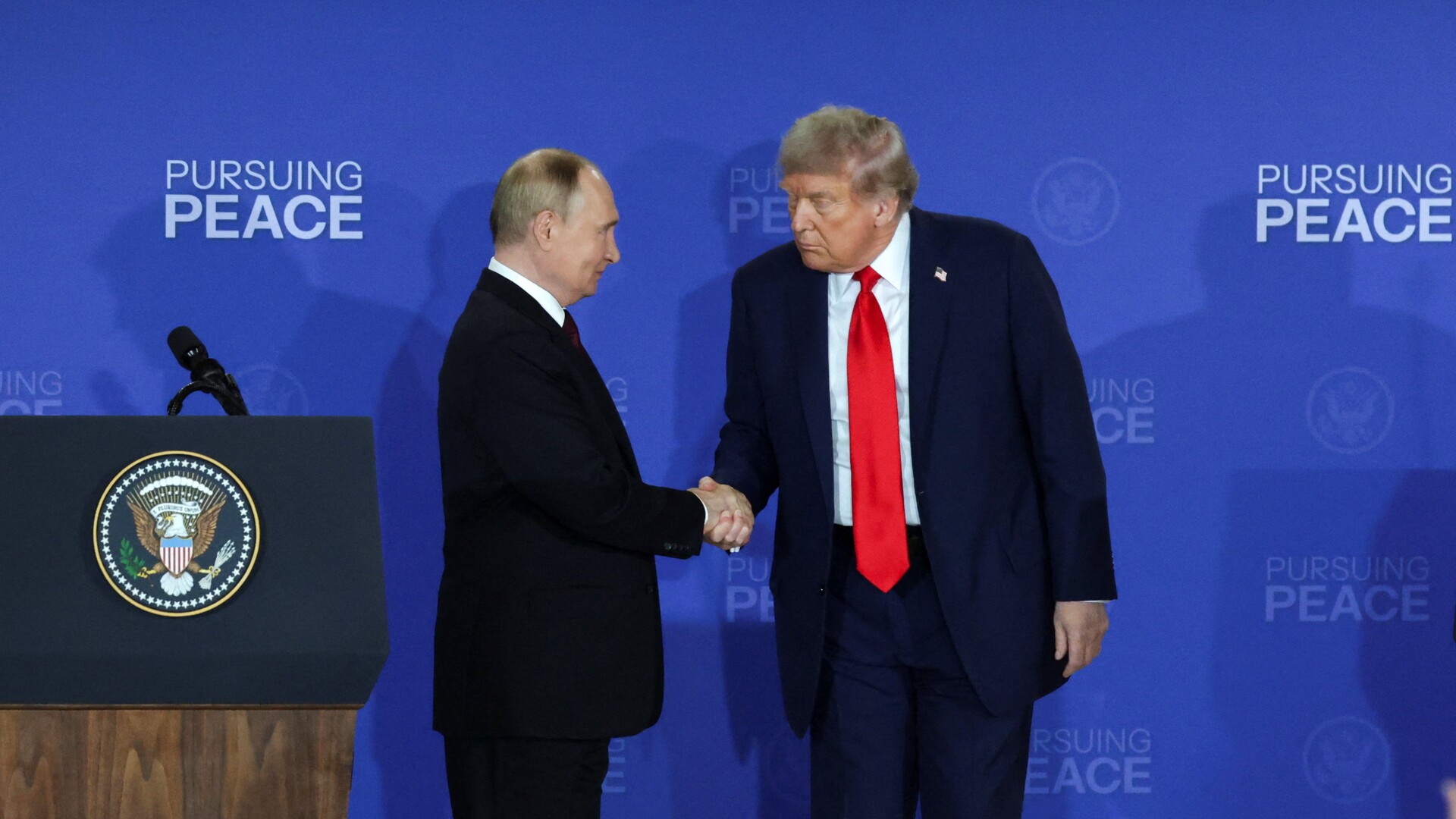
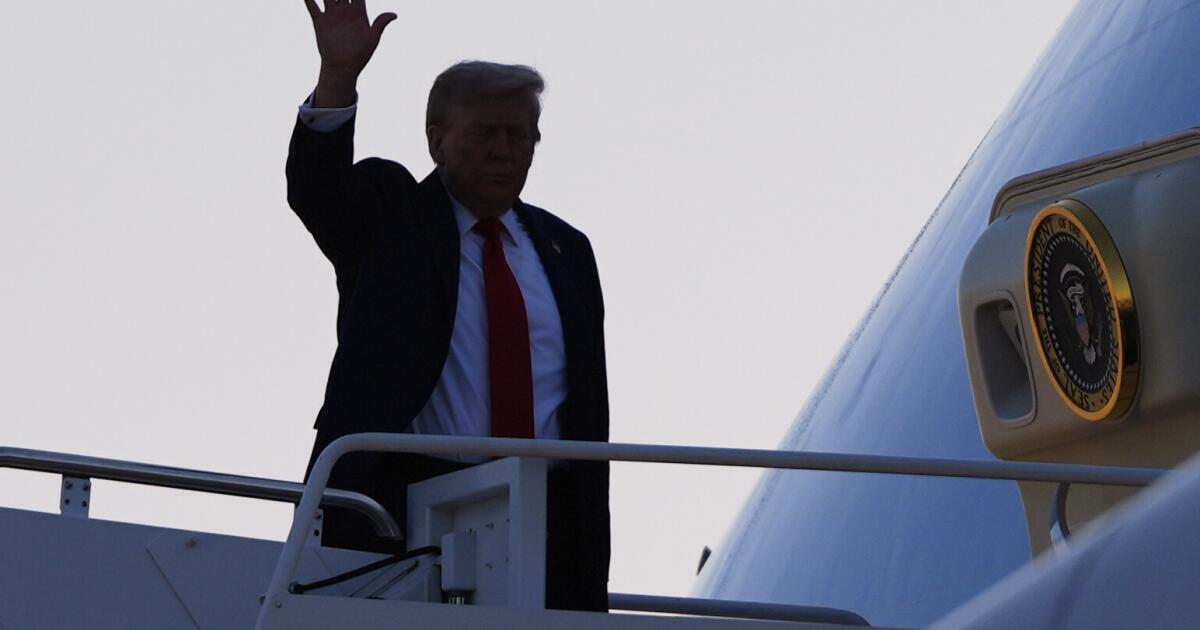
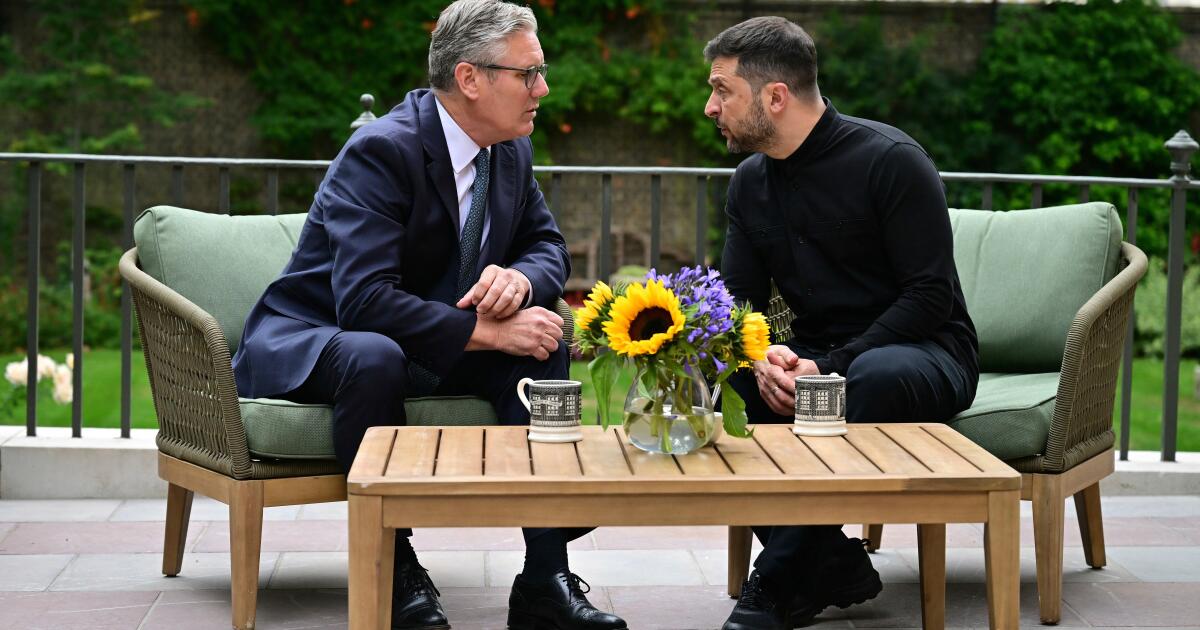






![German Chancellor Friedrich Merz (R) and Ukrainian President Volodymyr Zelenskyy attend a joint press conference in Berlin after a virtual meeting with US President Donald Trump [Omer Messinger/Getty Images]](https://www.aljazeera.com/wp-content/uploads/2025/08/getty_689cc009b9-1755103241.jpg?w=770&resize=770%2C513&quality=80)
![US President Donald Trump speaks during the unveiling of the Kennedy Center Honors nominees on August 13, 2025, at the Kennedy Center in Washington, DC [Mandel Ngan/ AFP]](https://www.aljazeera.com/wp-content/uploads/2025/08/afp_689cc06e83dc-1755103342.jpg?w=770&resize=770%2C513&quality=80)

